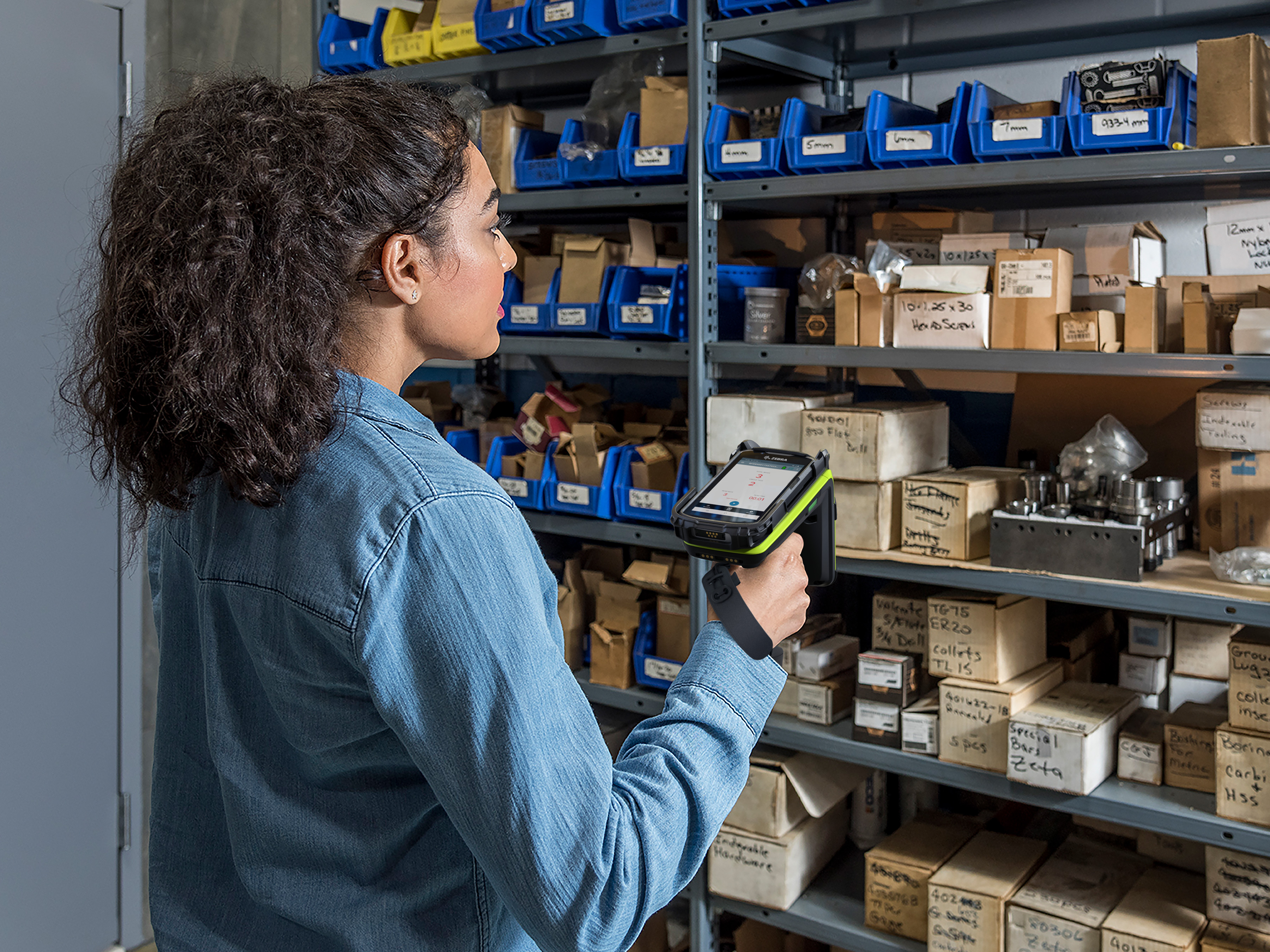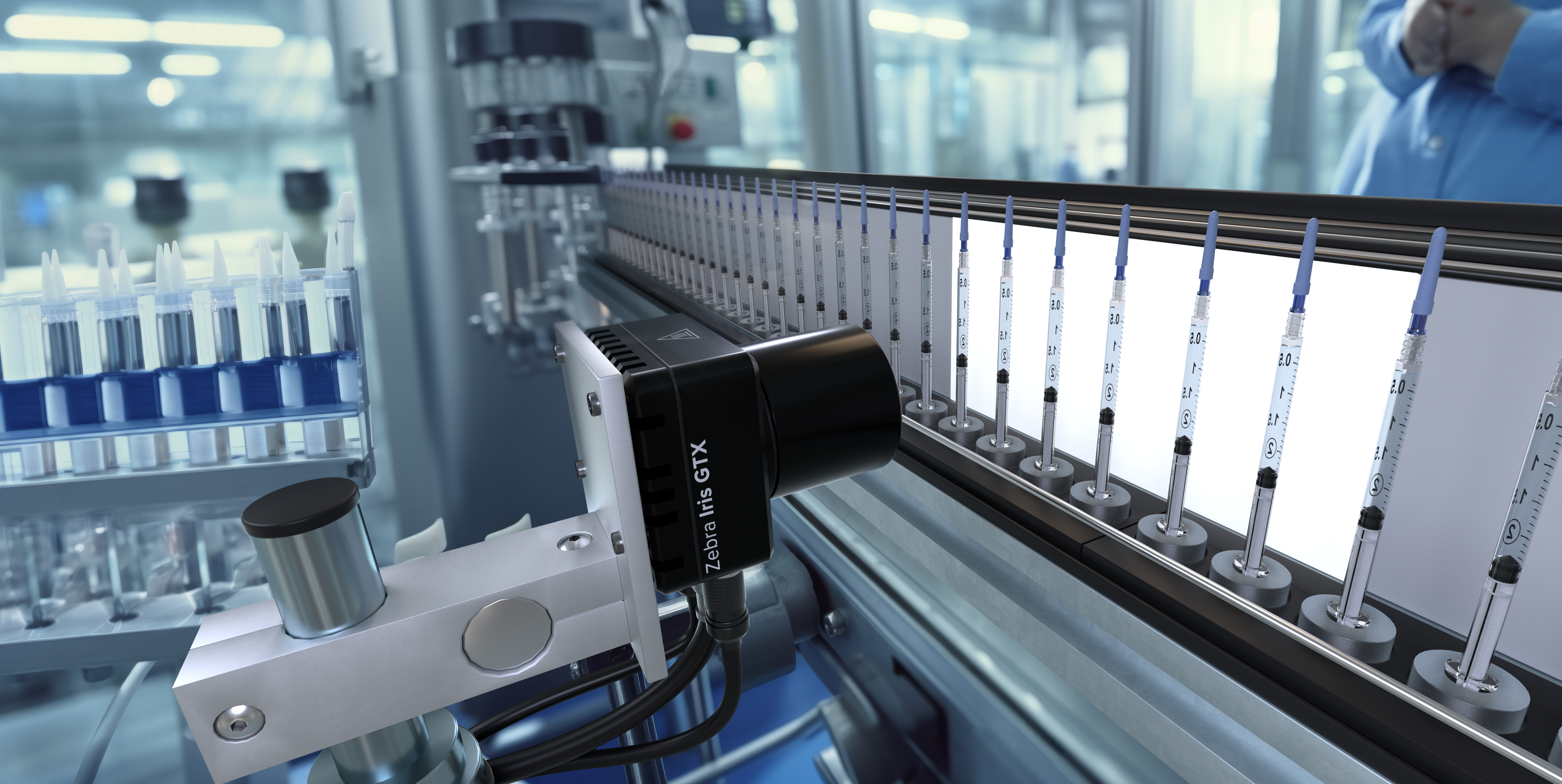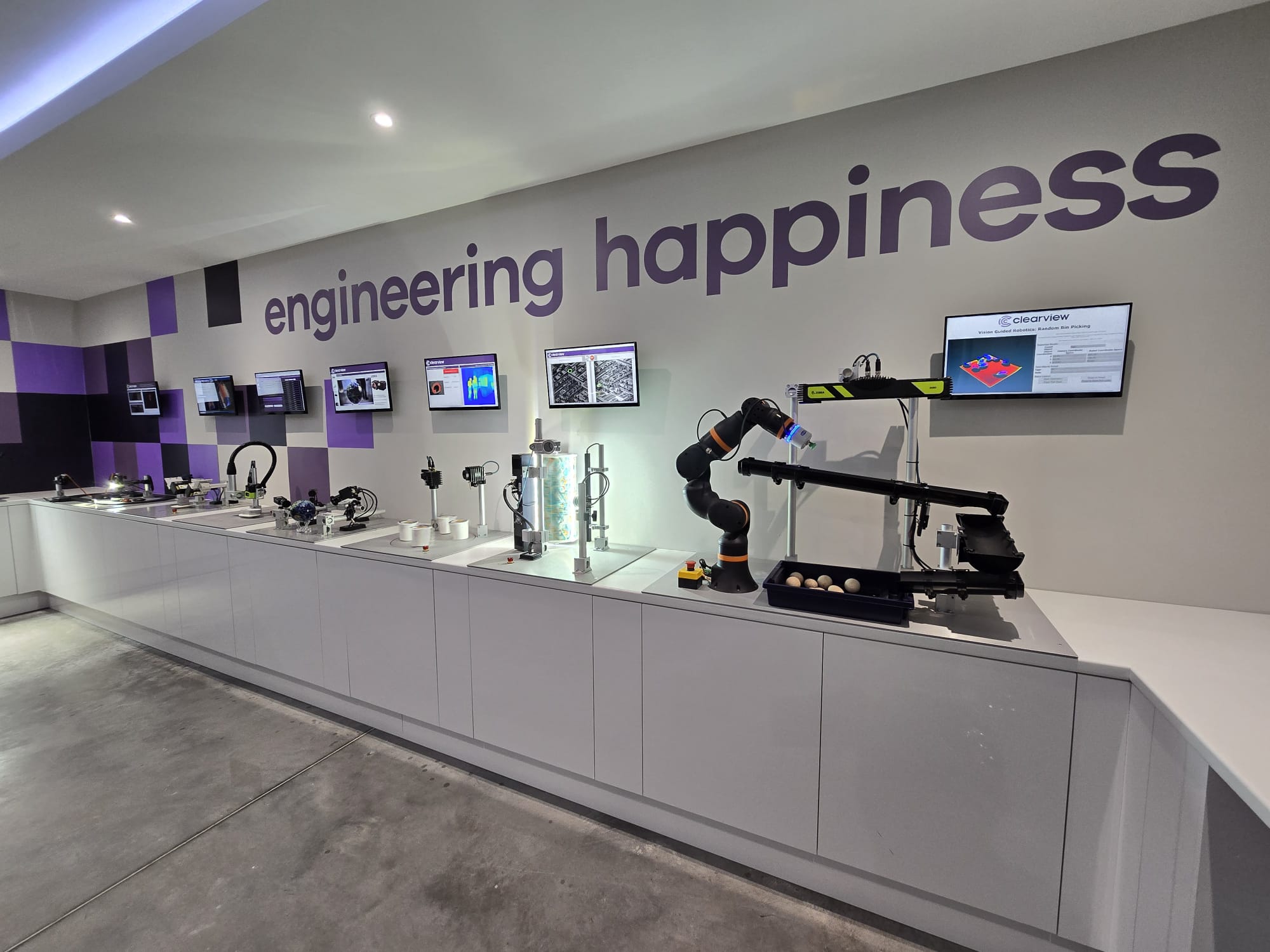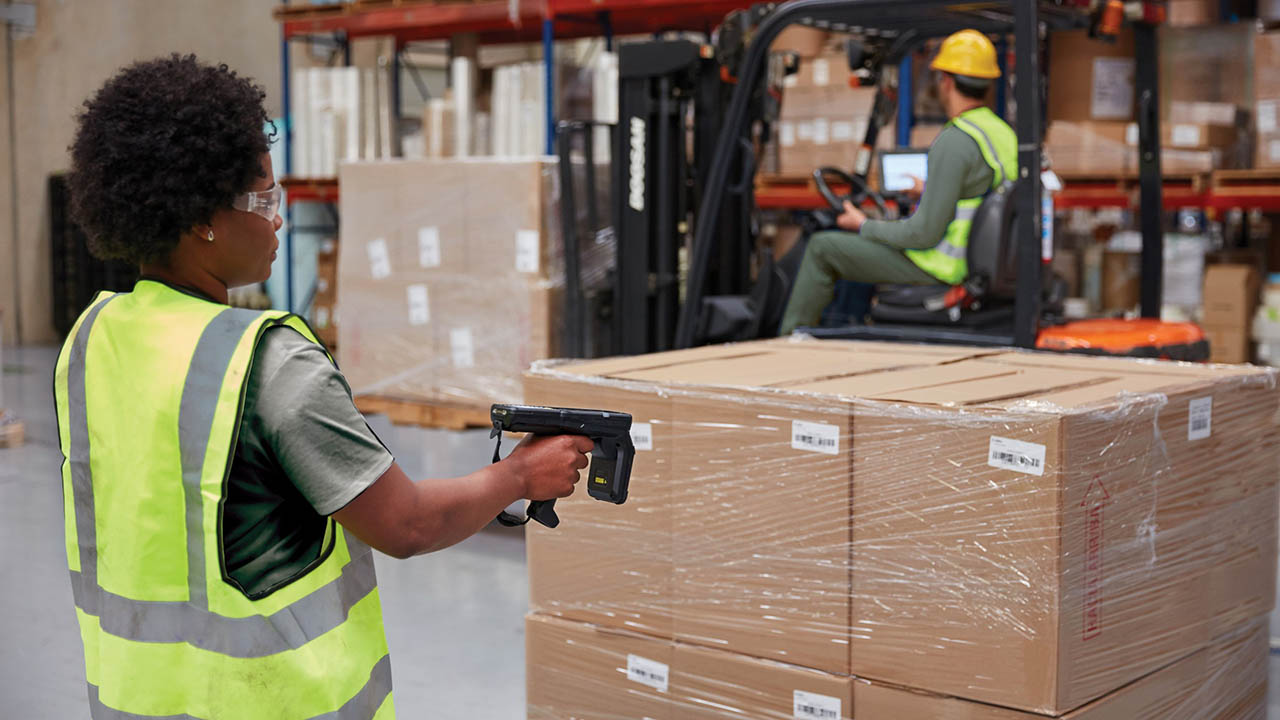Transform retail operations with Zebra’s retail technology solutions, featuring hardware and software for improving inventory management and empowering teams.
Streamline operations with Zebra’s healthcare technology solutions, featuring hardware and software to improve staff collaboration and optimize workflows.
Enhance processes with Zebra’s manufacturing technology solutions, featuring hardware and software for automation, data analysis, and factory connectivity.
Zebra’s transportation and logistics technology solutions feature hardware and software for enhancing route planning, visibility, and automating processes.
Learn how Zebra's public sector technology solutions empower state and local governments to improve efficiency with asset tracking and data capture devices.
Zebra's hospitality technology solutions equip your hotel and restaurant staff to deliver superior customer and guest service through inventory tracking and more.
Zebra's market-leading solutions and products improve customer satisfaction with a lower cost per interaction by keeping service representatives connected with colleagues, customers, management and the tools they use to satisfy customers across the supply chain.
Empower your field workers with purpose-driven mobile technology solutions to help them capture and share critical data in any environment.
Zebra's range of Banking technology solutions enables banks to minimize costs and to increase revenue throughout their branch network. Learn more.
Zebra's range of mobile computers equip your workforce with the devices they need from handhelds and tablets to wearables and vehicle-mounted computers.
Zebra's desktop, mobile, industrial, and portable printers for barcode labels, receipts, RFID tags and cards give you smarter ways to track and manage assets.
Zebra's 1D and 2D corded and cordless barcode scanners anticipate any scanning challenge in a variety of environments, whether retail, healthcare, T&L or manufacturing.
Zebra's extensive range of RAIN RFID readers, antennas, and printers give you consistent and accurate tracking.
Choose Zebra's reliable barcode, RFID and card supplies carefully selected to ensure high performance, print quality, durability and readability.
Zebra's location technologies provide real-time tracking for your organization to better manage and optimize your critical assets and create more efficient workflows.
Zebra's rugged tablets and 2-in-1 laptops are thin and lightweight, yet rugged to work wherever you do on familiar and easy-to-use Windows or Android OS.
With Zebra's family of fixed industrial scanners and machine vision technologies, you can tailor your solutions to your environment and applications.
Zebra’s line of kiosks can meet any self-service or digital signage need, from checking prices and stock on an in-aisle store kiosk to fully-featured kiosks that can be deployed on the wall, counter, desktop or floor in a retail store, hotel, airport check-in gate, physician’s office, local government office and more.
Adapt to market shifts, enhance worker productivity and secure long-term growth with AMRs. Deploy, redeploy and optimize autonomous mobile robots with ease.
Discover Zebra’s range of accessories from chargers, communication cables to cases to help you customize your mobile device for optimal efficiency.
Zebra's environmental sensors monitor temperature-sensitive products, offering data insights on environmental conditions across industry applications.
Enhance frontline operations with Zebra’s AI software solutions, which optimize workflows, streamline processes, and simplify tasks for improved business outcomes.
Zebra Workcloud, enterprise software solutions boost efficiency, cut costs, improve inventory management, simplify communication and optimize resources.
Keep labor costs low, your talent happy and your organization compliant. Create an agile operation that can navigate unexpected schedule changes and customer demand to drive sales, satisfy customers and improve your bottom line.
Drive successful enterprise collaboration with prioritized task notifications and improved communication capabilities for easier team collaboration.
Get full visibility of your inventory and automatically pinpoint leaks across all channels.
Reduce uncertainty when you anticipate market volatility. Predict, plan and stay agile to align inventory with shifting demand.
Drive down costs while driving up employee, security, and network performance with software designed to enhance Zebra's wireless infrastructure and mobile solutions.
Explore Zebra’s printer software to integrate, manage and monitor printers easily, maximizing IT resources and minimizing down time.
Make the most of every stage of your scanning journey from deployment to optimization. Zebra's barcode scanner software lets you keep devices current and adapt them to your business needs for a stronger ROI across the full lifecycle.
RFID development, demonstration and production software and utilities help you build and manage your RFID deployments more efficiently.
RFID development, demonstration and production software and utilities help you build and manage your RFID deployments more efficiently.
Zebra DNA is the industry’s broadest suite of enterprise software that delivers an ideal experience for all during the entire lifetime of every Zebra device.
Advance your digital transformation and execute your strategic plans with the help of the right location and tracking technology.
Boost warehouse and manufacturing operations with Symmetry, an AMR software for fleet management of Autonomous Mobile Robots and streamlined automation workflows.
The Zebra Aurora suite of machine vision software enables users to solve their track-and-trace, vision inspection and industrial automation needs.
Zebra Aurora Focus brings a new level of simplicity to controlling enterprise-wide manufacturing and logistics automation solutions. With this powerful interface, it’s easy to set up, deploy and run Zebra’s Fixed Industrial Scanners and Machine Vision Smart Cameras, eliminating the need for different tools and reducing training and deployment time.
Aurora Imaging Library™, formerly Matrox Imaging Library, machine-vision software development kit (SDK) has a deep collection of tools for image capture, processing, analysis, annotation, display, and archiving. Code-level customization starts here.
Aurora Design Assistant™, formerly Matrox Design Assistant, integrated development environment (IDE) is a flowchart-based platform for building machine vision applications, with templates to speed up development and bring solutions online quicker.
Designed for experienced programmers proficient in vision applications, Aurora Vision Library provides the same sophisticated functionality as our Aurora Vision Studio software but presented in programming language.
Aurora Vision Studio, an image processing software for machine & computer vision engineers, allows quick creation, integration & monitoring of powerful OEM vision applications.
Adding innovative tech is critical to your success, but it can be complex and disruptive. Professional Services help you accelerate adoption, and maximize productivity without affecting your workflows, business processes and finances.
Zebra's Managed Service delivers worry-free device management to ensure ultimate uptime for your Zebra Mobile Computers and Printers via dedicated experts.
Find ways you can contact Zebra Technologies’ Support, including Email and Chat, ask a technical question or initiate a Repair Request.
Zebra's Circular Economy Program helps you manage today’s challenges and plan for tomorrow with smart solutions that are good for your budget and the environment.
The Zebra Knowledge Center provides learning expertise that can be tailored to meet the specific needs of your environment.
Zebra has a wide variety of courses to train you and your staff, ranging from scheduled sessions to remote offerings as well as custom tailored to your specific needs.
Build your reputation with Zebra's certification offerings. Zebra offers a variety of options that can help you progress your career path forward.
Build your reputation with Zebra's certification offerings. Zebra offers a variety of options that can help you progress your career path forward.
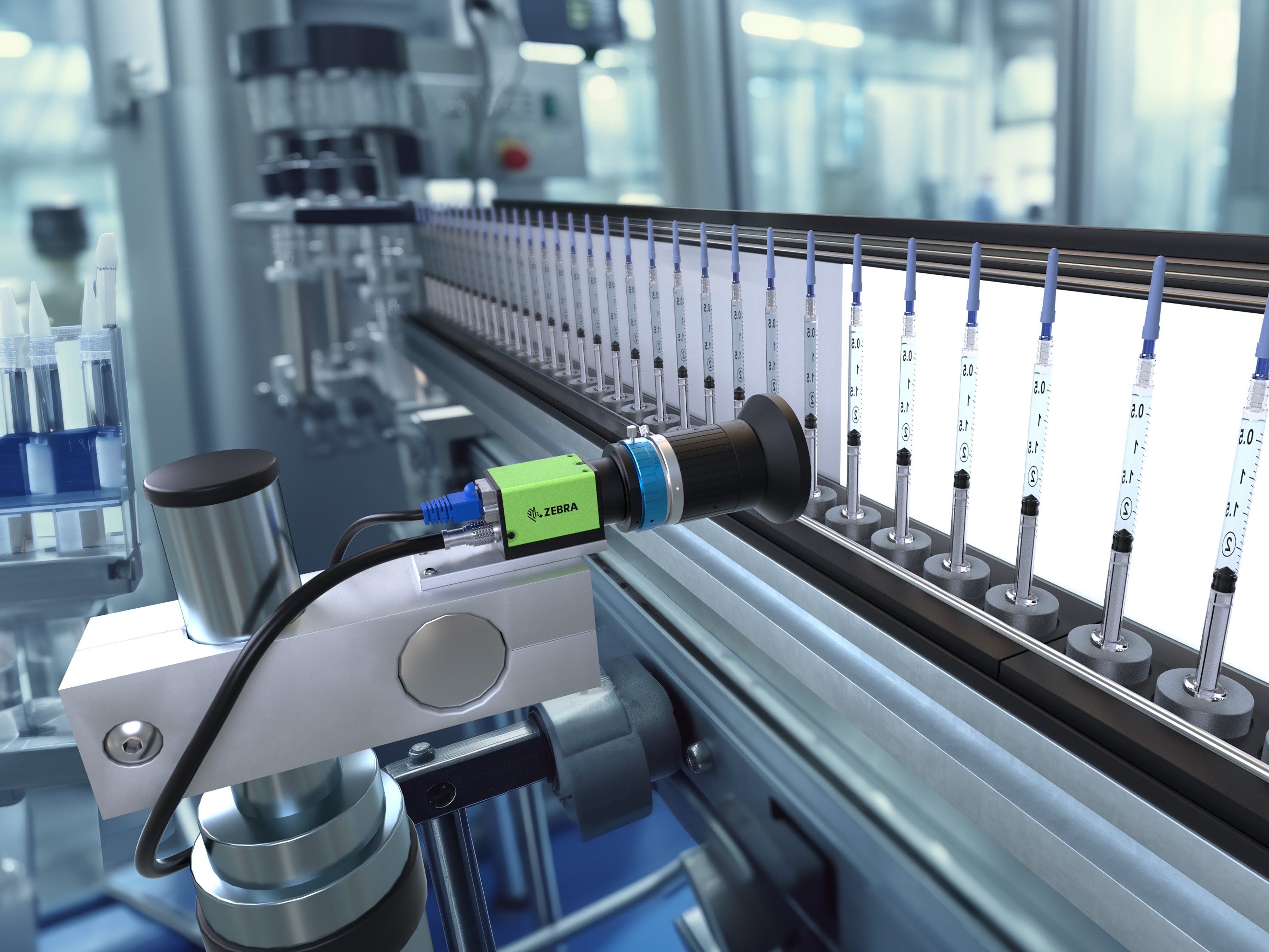
Industrial Automation Insider: What You Need to Think About – and Be Prepared to Change – When Spec’ing Out a Machine Vision System
These are the things that will cause you the most headaches and hinder you from getting the desired results if you don’t account for them the right way when designing your vision system.
How do you know what you need from a machine vision system? Or if machine vision is even the right imaging technology for what you need to see? Do you need deep learning optical character recognition (OCR) or some other AI-centric vision tools? How do you ensure your machine vision system will work well with your robotics components or RFID or any other connected technologies on the line? And how do you get the lighting right? (Because it’s all about the lighting when trying to snap the perfect picture and keep your line operators comfortable.)
These are some of the questions I asked my guests on this episode of the Industrial Automation Insider.
Nick Munger and Joel Nernberger are both application engineers for Tri-Phase Automation and spend their days supporting every aspect of vision-centric projects, from scope development and product selection to component integration, programming, and orchestration with other non-vision technologies on the line or shop floor.
They’ve come to recognize some best practices for scoping out and spec’ing out machine vision projects as well as some practices or ways of thinking that tend to complicate efforts and inhibit a return on investment (ROI).
So, tune into this 20-minute episode now to learn everything you need to know and what you need to do when you’re trying to figure out which vision technology is going to help you accomplish your goals – including the top 3-4 things you must look at closely before deciding on system components.
You’ll also hear:
- Why it’s so important to uncover all the nuances of the application up front and conduct a feasibility study for the hardware and software components you’re leaning toward.
- How the discovery and scoping phases typically unfold for machine vision (and other vision-based automation) projects.
- What types of questions you need to ask – or expect to answer – when you call an automation engineer for assistance with a machine vision implementation. (There’s a lot of information you should come to the table with if you want to walk away with a well-designed solution and clear action plan for implementation. A well-articulated business problem is one of them. There are several other data points to jot down before you pick up the phone, though.)
- The importance of keeping an open mind as you go into – and through – the discovery and scoping/spec’ing phases of the project, even if you are a machine vision or automation expert and have used this type of technology before. (For example, you may not know you need to bolt on tools such as deep learning OCR/AI until the nuances of the application are well understood.
We also had some off-camera discussions that I thought would be helpful to you, so I’ve shared excerpts of those below:
How do you ensure everyone is accounting for the different human, technology, or process variables that play into business improvement projects?
Joel: For new or one-off systems, it is important to build in as much flexibility as possible and filter out as much potential noise as possible. For flexibility, that means going with higher power, fully licensed systems so you aren’t limited by what tools you have access to use and how fast you can process images. That also means having adjustable camera and lighting mounting brackets. For filtering out noise, that may mean adding polarizers and using specific wavelength lighting to minimize the effects of ambient light and changing products and surface finish. For OEM and repeat systems, we can dial in on the most cost-effective hardware, software and mounting. For the human element, adding an HMI display showing the vision results goes a long way to having operators and supervisors understand and work with the vision system vs potentially tripping up the vision inspections.
Nick: As Joel mentioned, having flexibility in the vision tools is so important to ensure that the job can be done. Project planning and avoiding those unfortunate “uh-oh” moments are why a scope of work is so important. We need to clearly define what the application requirements are, what technology we will use, and how we will try to limit the number of variables in the project.
What types of questions should be asked during the discovery phase? How do you avoid a situation during the implementation or testing phase where you realize someone forgot to share an important piece of information that will impact system performance or the user experience?
Joel: Ask all the questions. If it isn’t spelled out and you don’t know, ask. Don’t make assumptions. The best practice is to have total understanding of the project as it relates to the vision inspection. That is very difficult to do for the customer, where they may not appreciate the complexities that can come with vision inspections, and it’s difficult and time-consuming for vendors to insert themselves into more project discussions to ensure they have a full idea of what is involved. We had an application where the customer had experience working with machine vision. We made assumptions about how they would execute the installation based on that prior experience, and they made assumptions about what the vision system was capable of. That resulted in some steps backward, and a longer road to the finish.
Nick: Yes, new information can surface that might impact system performance. Having a vision system with more capabilities than needed can help with this. It is also important to understand the project during the discovery phase. This ties back to having a quality scope of work and an effective feasibility test. It is important that we keep our customers happy by guiding them through what they need from the very start of the project.
We know many imaging systems are working in conjunction with RFID or scanning systems or sensors and certainly different execution systems to gather, analyze, share or action data – or maybe they should be working with those technologies if they aren’t today. Even if someone is coming to you only for an imaging system, are you considering what else may be in that environment either today or in the future to support the information flow or workflow?
Nick: Future proofing our vision system is a conversation needed with each customer. Will the customer eventually add ERP or manufacturing execution system (MES) integration? Will there be additional input/output (I/O) needed for a new robot or external control? Are there new marks that will show up on a label that we will need to inspect? These are great questions to ask. That being said, automation is developing faster than it has previously, and there may be new technologies available that we may not be able to plan for. At Tri-Phase Automation, we work with great vendors like Zebra that are consistently pushing for the best and newest technology. Incorporating this tech into our solutions is an important part of our business.
Plus, with Tri-Phase Automation being a value-added distributor with a very diverse line card, we are always on the lookout for additional ways to help our customers. We serve as an extension of our customers’ engineering teams and keep the systems-oriented and future-proof mindset during project development. It is rare to see only a Zebra camera installed – typically there are other automation components such as PLCs, HMIs, servos, and sensors that are needed to fully implement a Zebra system. We are also very competitive with control panels. We have a UL508A certified panel shop, a schematic design team and, of course, our engineers. By offering all these value-add services, we can bring a more complete solution to complement the Zebra vision system.
###
Editor’s Note:
You can reach Joel, Nick, and other members of the Tri-Phase Automation team here if you’d like a consult or have technology questions.
There’s also a transcript of the full podcast episode available here, and you can download the MP3 version to listen offline later if you’d like:
LISTEN NOW OR DOWNLOAD TO LISTEN LATER
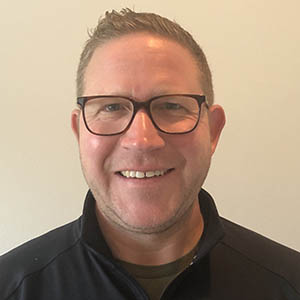
Matt Van Bogart
Matt Van Bogart is a 20+ year veteran of the industrial imaging and machine vision market. He is currently responsible for machine vision-focused strategic business development at Zebra and previously drove the global channel strategy for industrial automation at the company.
Zebra Developer Blog
Zebra Developer BlogZebra Developer Blog
Are you a Zebra Developer? Find more technical discussions on our Developer Portal blog.
Zebra Story Hub
Zebra Story HubZebra Story Hub
Looking for more expert insights? Visit the Zebra Story Hub for more interviews, news, and industry trend analysis.
Search the Blog
Search the BlogSearch the Blog
Use the below link to search all of our blog posts.
Most Recent
Legal Terms of Use Privacy Policy Supply Chain Transparency
ZEBRA and the stylized Zebra head are trademarks of Zebra Technologies Corp., registered in many jurisdictions worldwide. All other trademarks are the property of their respective owners. ©2025 Zebra Technologies Corp. and/or its affiliates.

